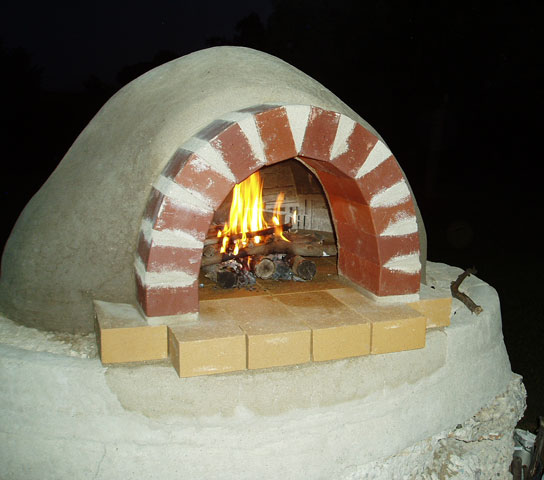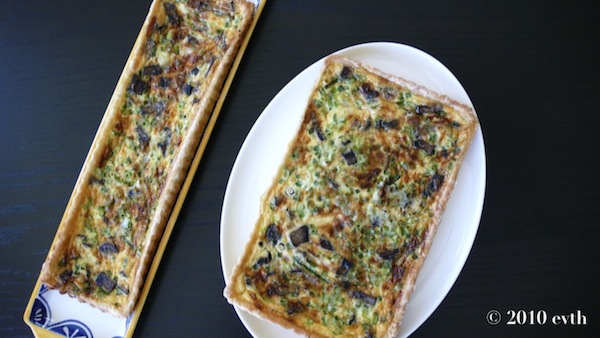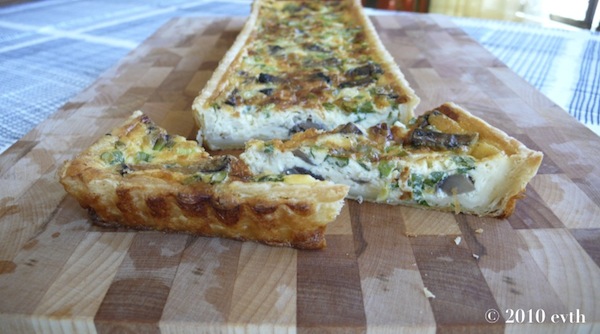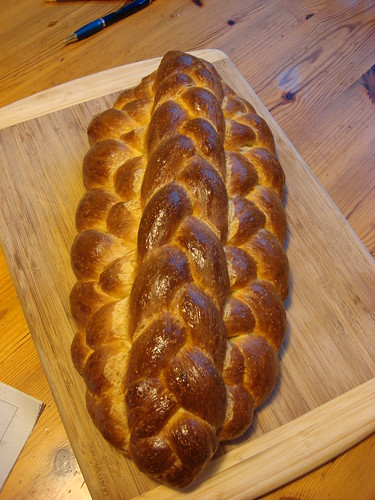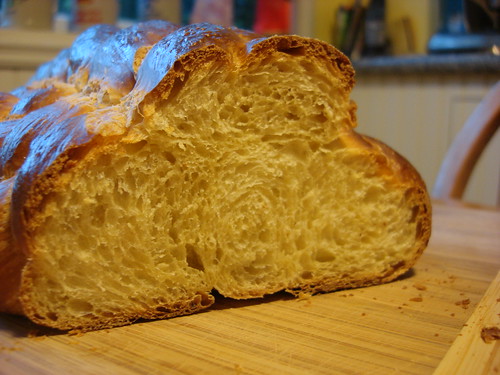At the risk of sneers from the lean dough purists, one of my fondest bread memories is of the Onion-Curry-Cheese Bread from The Cheese Board Collective in Berkeley. When I was a gradual student in the late '70s, walking through what has since become known as "The Gourmet Ghetto" (Cheese Board, Chez Panisse, Pig-by-the-Tail charcuterie, Lenny's Butcher and a great fishmonger whose name escapes me, all within two blocks), I would know from a hundred yards away that this delectable savory bread had just come out of the oven. And I would make a bee-line. The warm loaf in the grease-spotted bag made a satisfying lunch for a hungry carbotarian.
So when I came into possession of a glob of David's sourdough starter, and decided to try bread-baking, it didn't take me long to decide I had to find the recipe. It didn't hurt that my Cheese-loving East-Bay-native wife encouraged the quest.
So I searched the web for the recipe, and found that The Cheese Board has published a cookbook, which--by pure coincidence--my wife gave me for my birthday. And, yes, the Onion-Curry-Cheese Bread is right there. They say it's the first bread they ever made.
It's a yeast leavened bread with a very low hydration dough (to account for the moisture in the one full pound of cheese that goes into three smallish loaves). The whole process only takes about 4 hours from start to finish.
Here's a picture of the dough (fresh yellow onions, curry powder, salt, black pepper, bread flour, water, yeast and a mix of cheeses).

And formed (sorta) into boules.
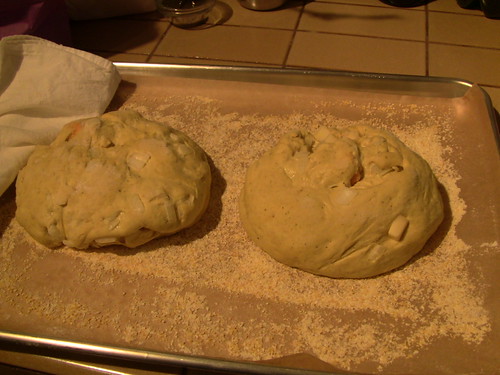
And the finished product.
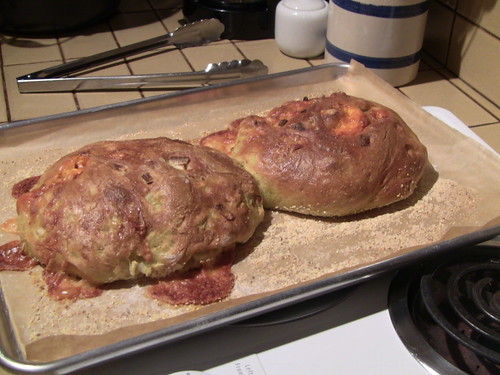

Now, I admit, this is not a "nice looking" bread, but it's inspirational if you are a vulcanologist. Its chaotic explosiveness makes the perfect contrast to Brot Backer immaculately formed and perfectly baked challah, posted this evening (http://www.thefreshloaf.com/blog/brot-backer). But the smell of the curry, onions and cheese as it bakes, and the moist spicy bread with gooey bits of melted cheese and crispy bits of carbonized cheese makes one close one's eyes in ecstasy anyway. Warning: we do not recommend toasting this bread in a toaster.
This is the first non-sourdough I've tried, and it successfully captured the remembered flavor and texture of happy days past. One of the three loaves is pretty well gone already.
All I can say is "Cheeses loves us!"
Glenn





